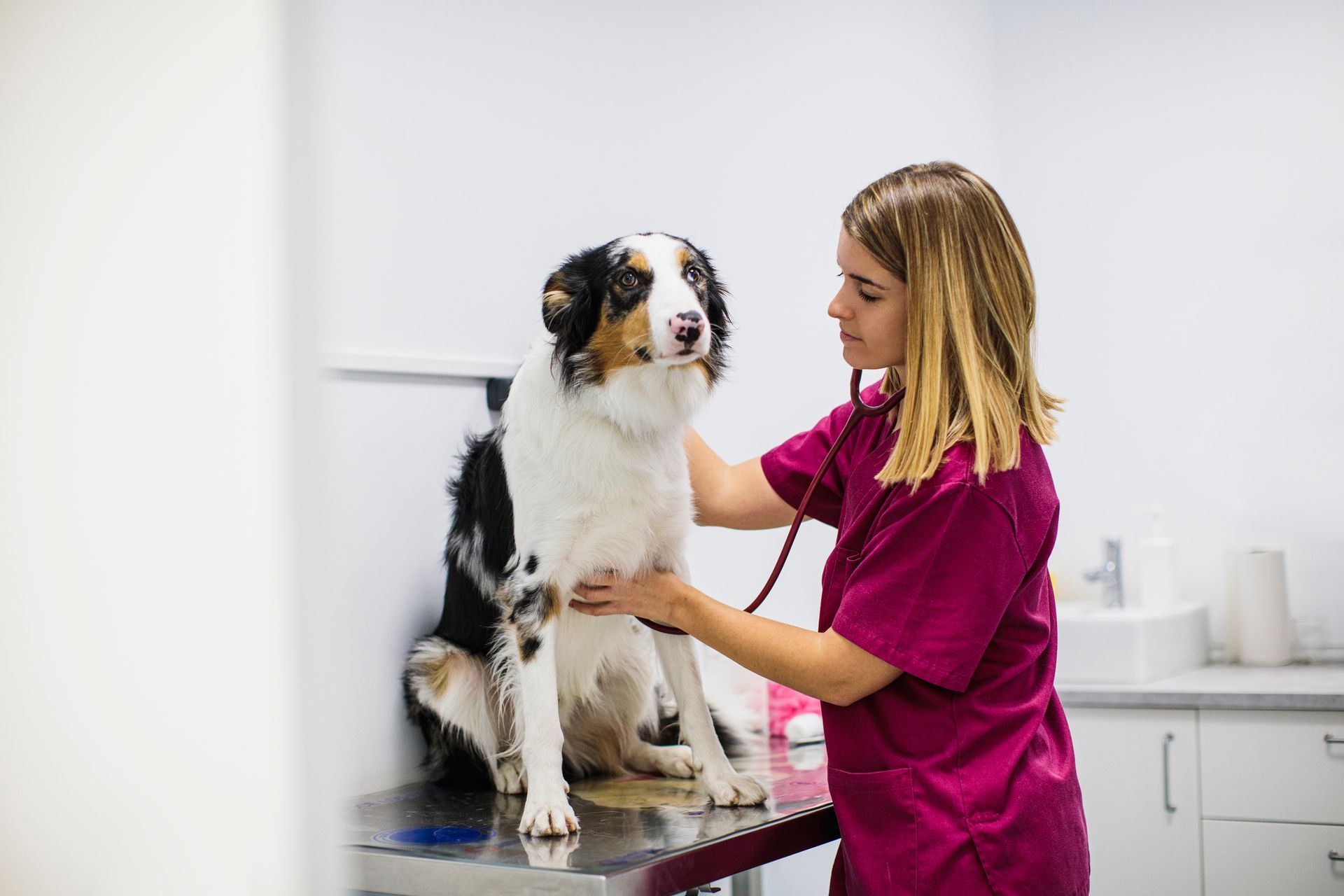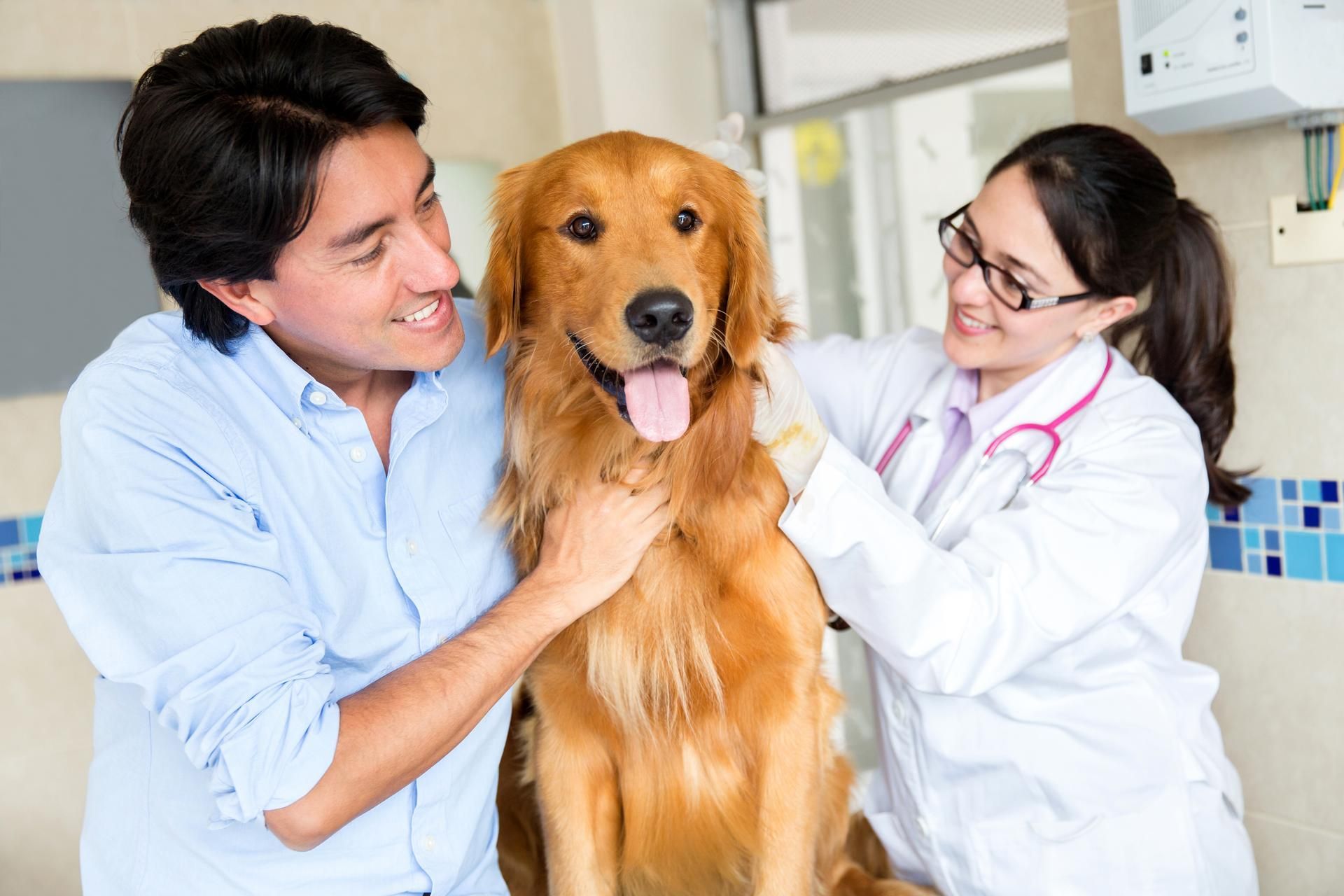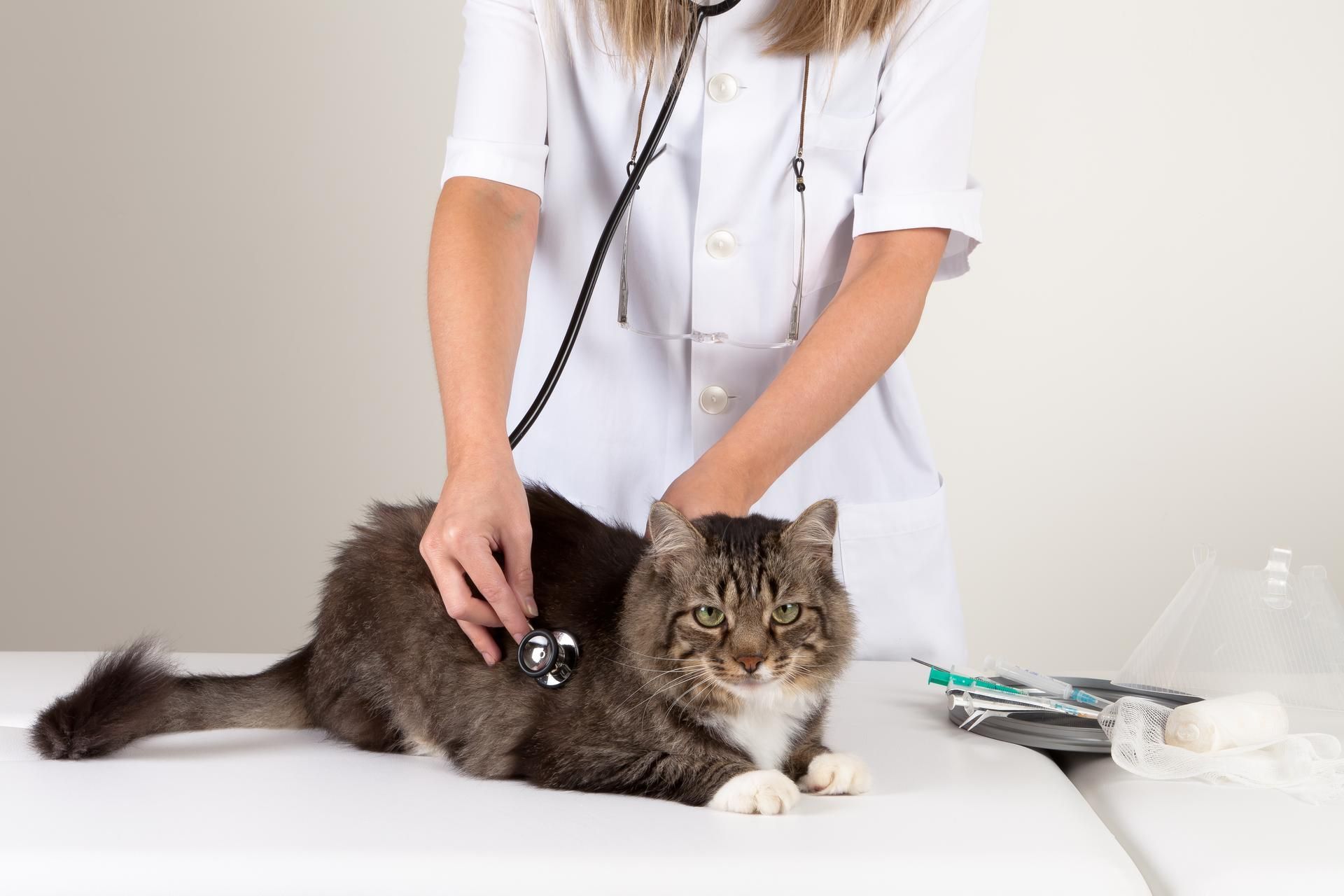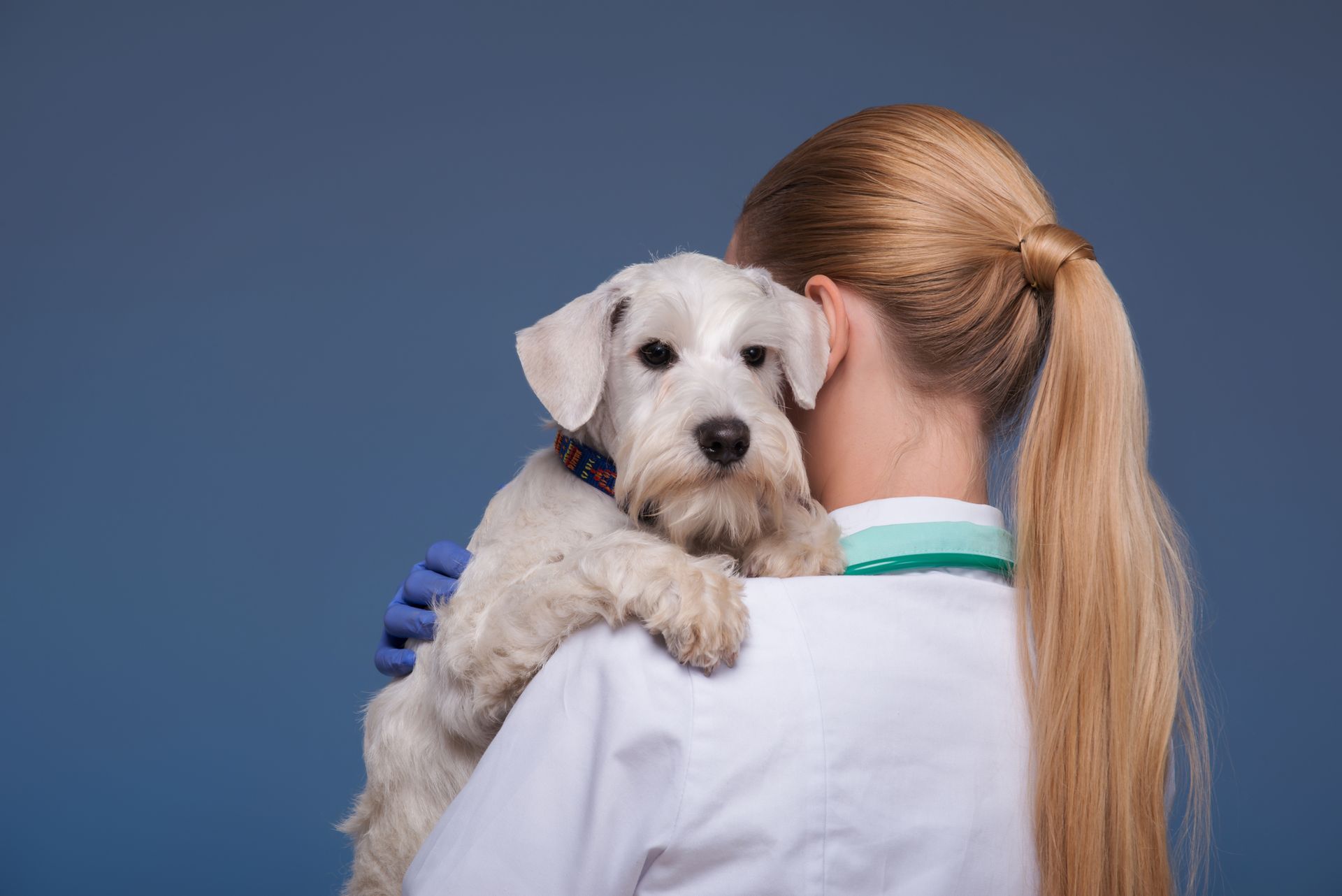5 Myths About Microchipping Your Dog
For years now, the microchip process has been an ideal way to reunite lost pets and their owners. However, as long as microchips have been in the animal market, rumors and myths have spread around the animal community.
Considering a microchip for your dog? Debunk the following myths for useful information about the microchip process.
1. Microchip Installation Requires Surgery for Your Dog
When a person thinks of a microchip, the first thing that might come to mind is typically a computer chip with a flat base and connectors. This is not the case for dogs, and the installation for the microchip requires no surgery or attachments to any body part of the dog. The microchip in dogs is an extremely small cylinder with the chip technology built into the cylinder.
No surgery is necessary for the dog, and many microchip installations can be completed while the dog is awake. The chip goes in via a needle. The vet will penetrate the skin of the dog between the shoulder blades and quickly inject the microchip. The whole process will typically take a few seconds, and your dog will have quick relief.
The chip stays underneath the dog's skin and does not move. In a majority of cases, the paperwork leading up to the microchip installation will take longer. If your dog suffers from vet anxiety, you can pick up the paperwork before the appointment to help speed the process along.
2. Microchips Offer GPS Tracking for Your Dog
One of the biggest misconceptions about microchips is that they include a GPS tracker. People assume when the dog runs away that you can load a GPS interface to find their location. This is not the case at all. If a dog gets lost or goes missing, the only way to find out about the dog's location is if the dog has been taken in by a vet or animal shelter.
The microchip uses scanning technology to find the dog's owner and contact information based only on an ID number. The microchip scanner loads the information from a secure server and will contact the owner. The technology can store the ID number, but a GPS tracker would need batteries and power charges to work properly on a dog.
3. Computer Hackers Can Break Into a Microchip
People might think that hackers can get into a microchip and access your home's internet connection. Just like the GPS myth, this one is completely false. The microchip does not connect to the internet or have the ability to interact with your home computer. The chip simply holds data and information that a dog tag cannot contain.
The process is similar to the COMMtech technology used in action figures from Star Wars. Action figures were sold with small chips, which could provide voices and scene recreations when placed on a scanner. The microchip only supplies information when used with a specific scanner.
When your dog roams around your house with a microchip, you do not need to worry about hackers breaking into your home network.
4. You Need to Re-Chip Your Dog If You Move Internationally
Microchips are available all around the world, but the ID numbers used for them feature different coding sequences. Newer microchips all around the globe rely on a 15-digit code. When you install a microchip in your dog, request a 15-digit ID microchip so the microchip is compatible with scanners all around the world.
The only time you should worry is if you have an older dog with a 9- or 10-digit number, which is exclusive to the United States. Even with the old one, some international vets may have a universal scanner that can read all kinds of microchips.
5. You Need to Re-Chip a Dog That Changes Owners
If you have to sell your pet, give to another family member, or are involved in a breakup where the pet changes homes, then you may think you need to add a new chip to your dog. This is not the case. In many cases, the registration information is even more important than the microchip.
When you put a microchip in your dog, you will need to register the chip through various associations. Many services offer free registration and will feature your up-to-date content. You will not have to re-chip your dog, but you will need to update the chip information for the pet.
Any time you move, get a new phone number, or change owners, you should update the pet information. The chip is only as good as the registration information. Ideally, you want to check and update your registration information annually. If you have more than one dog, check each individual account to make sure all the registration information matches.
For more information on microchips for your dog, contact us at South Seattle Veterinary Hospital. We will help you set up an appointment and go through the whole microchip process.
206-242-8338












